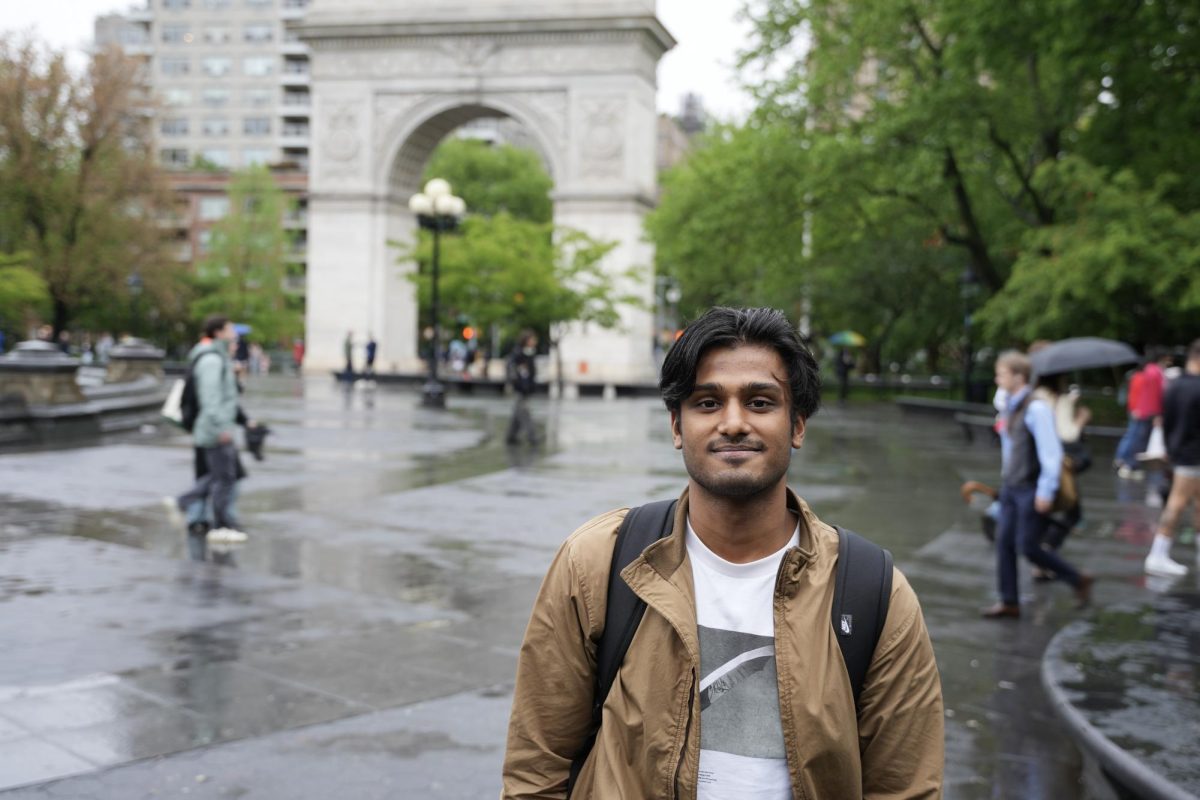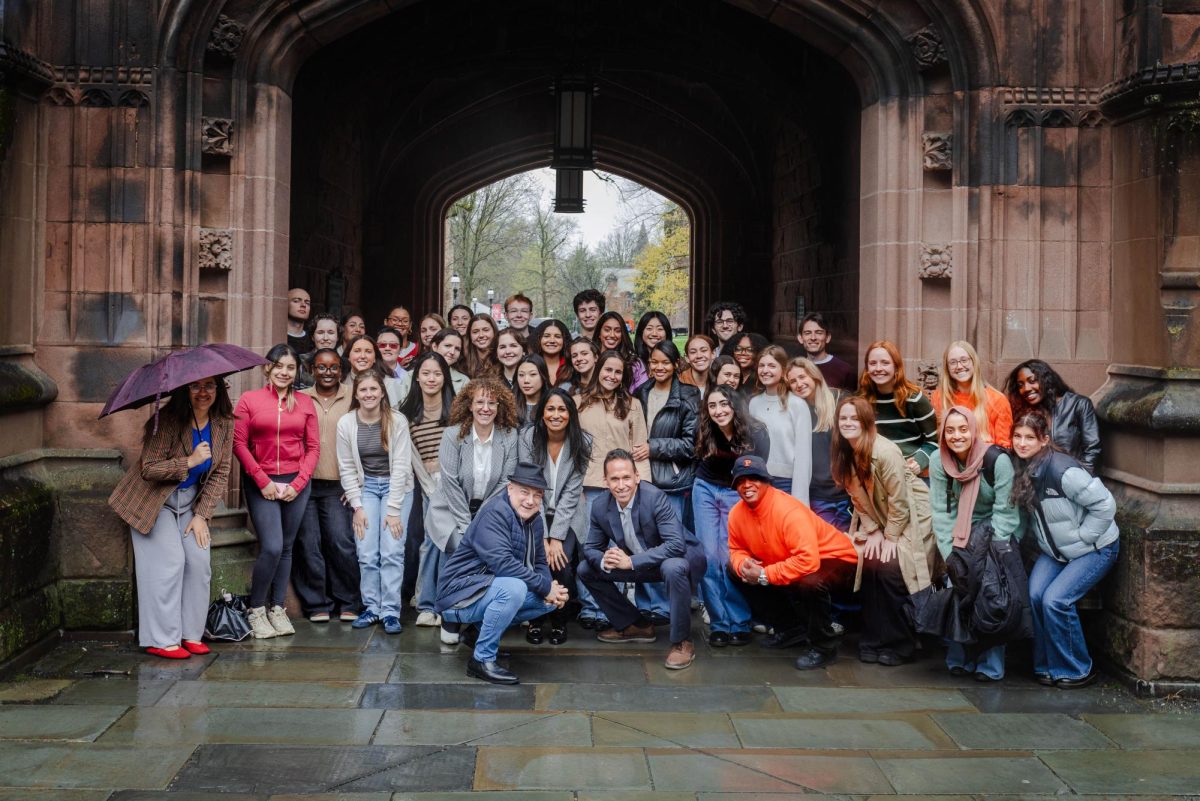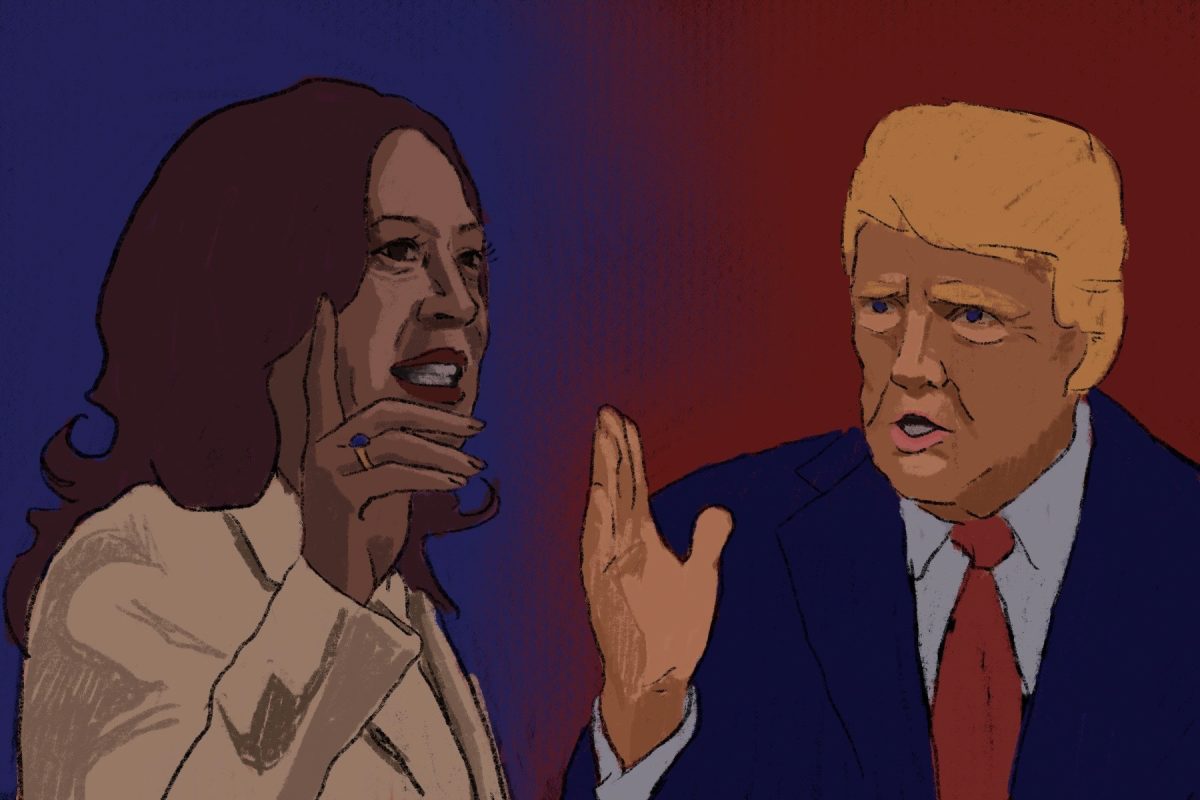NYU’s Student Government Overhaul, Explained
NYU Student Government passed a resolution for greater transparency surrounding NYU Tel Aviv.
October 3, 2017
Fifth year CAS student and Student Body President Juan Calero will send an email to the student body today, Oct. 3, announcing a restructuring of NYU’s student government, according to interviews with all four members of the Student Senators Council Executive Committee, which was renamed to the Student Government Assembly earlier this month.
The changes, which were approved by the SSC, went into effect on Sept. 14 and were instituted because the structure of student government did not stay up-to-date with the changes the university has undergone in recent decades, according to a resolution passed by the SSC.
“The notion of the SSC being ‘the overarching’ and thus most important part of the entire concept of student self-governance and agency does not correspond to the lived experience of student leadership,” the SSC’s Resolution on the Restructuring of Student Government reads.
Over the summer, Calero along with the rest of the executive committee, including third year law student and SSC Vice-Chair Tamara Cesaretti, CAS junior and Global Vice-Chair
Rachel Law and CAS junior and President’s Council Vice-Chair Max Pau, traded messages and reached the agreement that the past model of student government did not work. They spent the rest of their summer discussing and planning to upend student government.
NYU’s current model of student governance was created in the 1980s, before NYU’s significantly grew in its student population and its global expansion, and are thus outdated according to Calero.
“We’ve had to play catch up while the university expands,” Calero said. “It is a very, very, very old model, that served a very good purpose — it was considered radical and revolutionary at the time. Not the case anymore.”
The Old System
Student Senators Council
The SSC is the primary policy arm of NYU’s student government as they sit and vote on the University Senate, which has the power to pass resolutions that go to the Board of Trustees. Senators attend University Senate meetings each month, where a large portion of NYU’s administrative work happens. The University Senate passes schedules, approves minutes and largely does behind-the-scenes work that keeps NYU operating. However, in the past more significant resolutions have been passed, such as one that would have banned NYU from investing in fossil-fuel related companies (the Board of Trustees would later veto that resolution).
There are 23 School Senators representing each undergraduate and graduate school at NYU who are elected by each school’s students. There are also 12 Senators at-Large that represent constituencies such as students of color, Muslim students and students with disabilities. SSC meetings are closed to the public, but each senator is able to invite one student to SSC meetings. Furthermore, guests are not allowed to speak. This led to limited access to and knowledge of the SSC and its inner workings.
University Committee on Student Life
This committee is housed under the SSC and is made up of all Senators and all presidents, which includes each grades’ Class Activities Board President, School Presidents and other representatives of NYU constituencies. If this sounds confusing, that would be because it is. The SSC technically sits above and can overrule a committee that includes everyone in the SSC and all the presidents.
“While the SSC is very much a policy body, the UCSL were the ones really responsible for creating community on campus,” Calero said.
UCSL meetings are open to the public and anyone, including guests, is able to speak.
The New System — What Changes
The entirety of student government is now housed under the Student Government Assembly. SGA meetings will be open to the NYU public and guests will be allowed to speak. The SSC remains mostly the same. They still sit and vote on the University Senate and remain under the SGA umbrella. The UCSL is dissolved and the various NYU presidents get their own body called Presidents’ Council.
“Presidents are really the ones interacting with students for the most part because they provide a lot of programming,” Pau said. “Presidents’ council will really focus on engagement and getting students involved in the process.”
A third arm of student government will be added in the coming months in the form of Global Student Council, a catchall for NYU’s Abu Dhabi and Shanghai campuses as well as the study away sites. The new global branch of student government will hope to give more voice to the global campuses and study away sites.
The effort to better include NYU’s global presence in student government is being led by Law, who grew up in Hong Kong but has studied in the U.S. before. She is also a Senator at-Large representing international students.
“The conversation [Law] is leading internally is ‘What is a more equitable model that is more sustainable in the long run?’” Calero said.
SGA will balance the power of the SSC with Presidents’ Council more equally — there are 36 student senators and 29 presidents — and any resolution voted on in SGA will become the official stance of student government.
“Most resolutions don’t actually go to the floor of the University Senate,” Calero said. “Most resolutions are simply the position of student government and then we work with administrators to make that a reality. That dynamic is still maintained.”
The SSC Executive Committee becomes the SGA Executive Committee and some titles within that group change along the process for electing the Executive Committee. In the past, the SSC was solely responsible for choosing all the members of the SSC Executive Committee. Student Body President is now elected by the SSC, Presidents’ Council and Global Student Council. Each arm of the SGA — the SSC, Presidents’ Council and Global Student Council — will elect a vice-chair that will sit on the executive committee with the Student Body President.
The Executive Committee’s Goals
NYU students are notoriously uninvolved in student government. When Liberal Studies was searching for a new dean, the search committee held two town halls where students were able to meet two prospective deans and voice their opinions on them. One town hall had one attendee, the other town hall did not have a single person show up. NYU’s voter participation rate is 12 percent.
“My hope with this restructuring, people will try to be more involved,” Calero said. “At the end of the day SSC does a lot of work. Students have a heavy hand in decision making and unless students want to be a part of that, no one is going to hold the university accountable.”
Calero comes from an activist background. He had previously been involved with groups such as Latinos Unidos Con Honor y Amistad, La Herencia Latina and the Black and Brown Coalition, among others, and he hopes to make the school a more equitable place.
“Coming from an activist background, this is what I planned to do with my position,” Calero said. “Looking at the way the university is structured and dismantling it where I feel it is no longer functional, with the collaboration of student government to make sure it’s a more equitable system.”
Law on the other hand hopes to empower international students — which make up about 20 percent of the student body — at NYU.
“I’ve always had an interest in politics and as an international student I wanted to work on giving international students more involved in policy channels at NYU,” Law said. “A lot of times international students or study away students don’t necessarily don’t have the cultural background to understand the policy making process here.”
Calero has a simple goal.
“At the end of the day, my goal is to make NYU more equitable,” Calero said.
Email Sayer Devlin at [email protected].

























































































































































